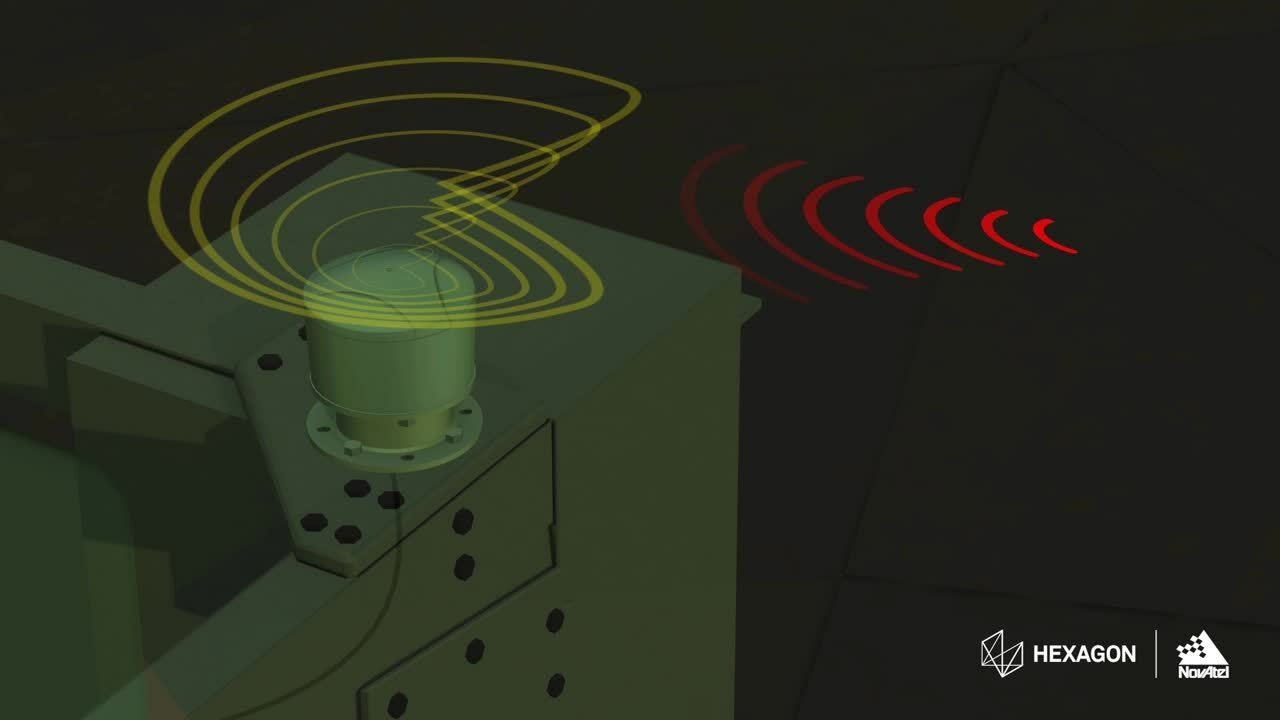The Light Dragoons are a light cavalry regiment of the British Army. As the leading force on the front line, the Light Dragoons conduct armed reconnaissance and prepare routes for the rest of the force. To navigate contested environments, they need a reliable and resilient GNSS/GPS satellite positioning solution and anti-jam technology for assured position, navigation and timing (A-PNT).
This case study details the need for building resilient positioning systems and the work the Light Dragoons have done to examine the benefits of anti-jam technology. Hexagon | NovAtel GPS Anti-Jam Technology (GAJT) protects GPS/GNSS receivers from jamming and interference, helping to build a resilient and reliable GNSS solution.
Building GNSS protection from jamming and interference
The Light Dragoons are deployed in Poland as part of NATO’s enhanced forward presence on the UK Operation Cabrit. As such, they need to assess their preparation in the case of Electronic Warfare (EW). EW interferes with satellite signals, leading to errors in navigation and an untrustworthy GNSS solution. This environment also provides a suitable testing ground for anti-jam technology like GAJT.
Places where NATO forces are deployed include some of the world’s most aggressive EW environments. Intentional interference is prevalent, coming from small devices typically used for “personal protection” and large, high-powered EW assets. The need for anti-jam technology is highlighted by the Light Dragoons’ mission in completing scouting, reconnaissance maneuvers and targeting for indirect fires.
To assess different technologies in supporting their mission, the Light Dragoons are part of the Light Cavalry capability investigation Project Thundercat run by the Armoured Trials and Development Unit (ATDU). A GAJT-410ML antenna was fitted to the Jackal HMT vehicle and integrated with the onboard positioning system. The Light Dragoons used GAJT throughout the exercise and saw that it seamlessly worked in the background, providing an excellent defense against interference.
GAJT successfully defeats jamming on GPS L1 & L2 and Galileo E1 frequencies, expanding the environments where GNSS can be used. In upcoming experiments, the British Army will use NovAtel technology to gain electronic situational awareness data to characterize the radio frequency environment.
How anti-jamming technology works
NovAtel’s GPS Anti-Jam Technology (GAJT) uses a complex series of algorithms to adjust its reception to defeat signals that cause interference and jamming. We go into more detail about operating in contested environments in episode six of our Introduction to GNSS webinar series.
When interference is detected, GAJT recognizes the unwanted interference and reduces reception in that direction, a unique ability within anti-jam solutions. Through this method, GAJT can resist jamming while still maintaining signal lock from GPS and Galileo E1 satellite constellations.

Whether the jamming source is low- or high-powered, GAJTs reliably adapt their reception to continue delivering GNSS measurements to a receiver. The result of these techniques is a more resilient GNSS solution, protected measurements and A-PNT.
Anti-jam technology in the field
During the Project Thundercat investigation, the Light Dragoons witnessed the utility of GAJT in building a resilient positioning solution. They found that GAJT successfully protected their positioning system while experiencing interference. Further, the Light Dragoons were pleased with how easy it was to retrofit and install the GAJT-410ML antenna; it was a simple process of plug-in and go.
GAJT is a key product portfolio offered from NovAtel with customized offerings for land, marine and air applications. The Light Dragoons produced a video with further details on how GAJT and the other tested technology performed during their Thundercat exercise.














